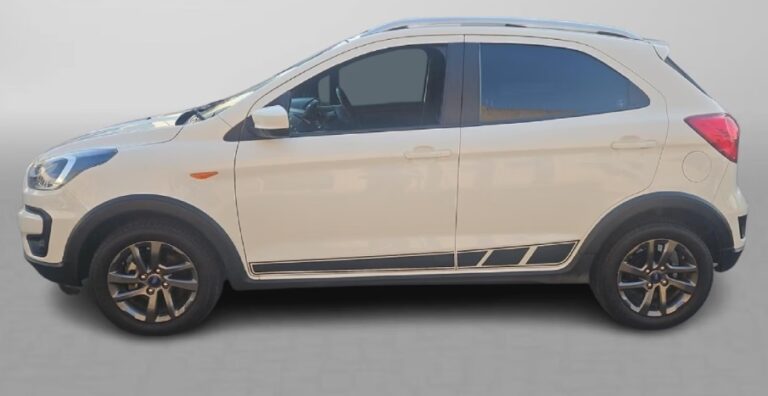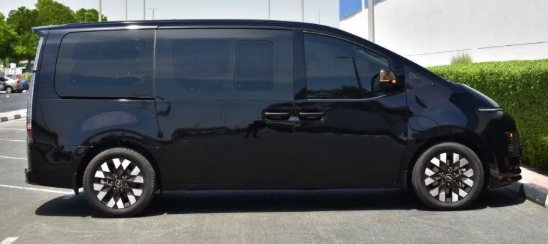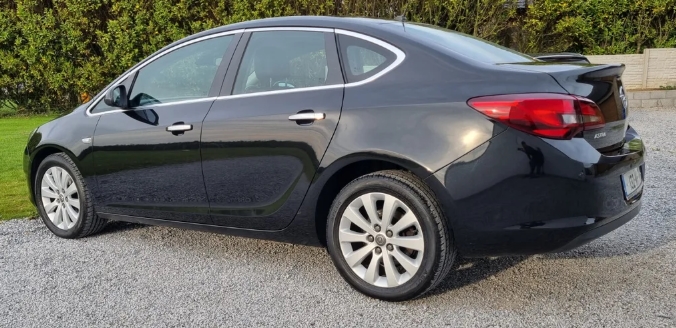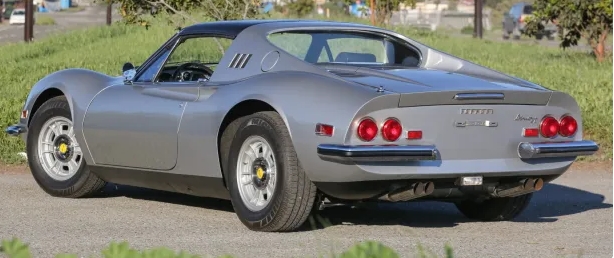The Evolution of the Renault Pulse
The Renault Pulse is a subcompact hatchback that marked Renault’s strategic entry into the Indian automotive market during the early 2010s. Based on the Nissan Micra platform, the Pulse was designed to cater to urban consumers seeking an affordable, fuel-efficient, and stylish vehicle. Over the years, the Pulse underwent various updates, trim level revisions, and model enhancements to maintain its relevance in a competitive segment. This article traces the detailed evolution of the Renault Pulse from its inception to its discontinuation.
Introduction and Launch (2012)
Year of Production: 2012
Renault officially launched the Pulse in India in 2012 as a domestically assembled model, leveraging the Nissan Micra’s platform under the Renault-Nissan alliance. The Pulse was positioned as a sporty, youthful alternative to more utilitarian hatchbacks, with a focus on urban mobility and style.
Design and Features at Launch:
- Exterior: The Pulse retained the compact hatchback silhouette, with a distinctive front grille, swept-back headlamps, and sporty design elements.
- Interior: Basic but functional, with options for air conditioning, power steering, and a music system.
- Engine Options: Initially offered with a 1.2-liter K9K petrol engine producing approximately 75 PS and a 1.5-liter K9K diesel engine delivering around 65 PS.
- Transmission: 5-speed manual transmission for both engines.
Trim Levels at Launch:
- RxE (Base): Entry-level, basic features.
- RxL: Added features like power windows, central locking.
- RxZ: Top-end trim with alloy wheels, fog lamps, and upgraded interiors.
Early Years (2012-2014): Feature Enhancements and Market Positioning
During its initial years, Renault focused on expanding the Pulse’s features and refining its design:
- 2013 Facelift:
- Minor cosmetic updates, including new alloy wheel designs.
- Introduction of dual-tone exterior options.
- Enhanced interior features: improved audio system, upgraded upholstery.
- Trim Level Adjustments:
- The RxZ trim gained additional comfort features such as power mirrors and a height-adjustable driver’s seat.
- The base RxE trim remained focused on affordability.
- Engine and Transmission:
- The 1.2L petrol engine remained standard; a 5-speed manual transmission was standard across models.
- Diesel variants continued with the 1.5L K9K engine, aligned with Renault’s focus on fuel economy.
Market Performance:
The Pulse found moderate success primarily among young urban buyers due to its sporty appeal, compact size, and competitive pricing. However, stiff competition from Hyundai i10, Maruti Suzuki Alto, and Ford Figo constrained its market share.
Mid-Cycle Refresh (2015): Subtle Changes and New Variants
In 2015, Renault introduced a mid-cycle refresh to keep the Pulse competitive.
- Design Updates:
- Slight modifications to the front grille and bumper.
- New color options, including metallic finishes.
- Rear combination lamps received subtle styling tweaks.
- Feature Upgrades:
- Introduction of Bluetooth-enabled music systems.
- Improved interior plastics for enhanced durability.
- Addition of a driver-side airbag as standard in higher trims.
- Trim Level Expansions:
- Introduction of a RxZ (O) variant, adding features like keyless entry, follow-me headlamps, and a new music system with Bluetooth and USB connectivity.
- The base RxE trim remained economical, with fewer features.
- Engine and Performance:
- No changes to engine options; continued with the 1.2L petrol and 1.5L diesel engines.
- Fuel efficiency remained a key selling point.
Discontinuation of the First Generation (2018)
By 2018, the Renault Pulse’s sales declined due to changing consumer preferences, stricter emission norms, and increasing competition. Renault announced the discontinuation of the Pulse in India, focusing on newer models like the Kwid and the Captur.
Reasons for Discontinuation:
- Stiff competition from newer, more feature-rich hatchbacks.
- Limited product lifecycle and aging platform.
- Shift in Renault’s Indian strategy towards compact SUVs.
.
THIS might be a great place to get your new car from!
Or for those who are into the “car flipping” business, here’s an excellent resource for you!

.
Legacy and Impact
Although the Renault Pulse was produced for a relatively short period, it served an important role as Renault’s first subcompact offering in India. Its sporty styling and affordable pricing made it popular among young urban drivers. The Pulse also helped Renault establish a foothold in the Indian hatchback segment, paving the way for subsequent models like the Renault Kwid, which became a flagship for the brand in India.
Summary of Models and Trim Levels Over the Years
| Year | Model/Trim Level | Key Features & Changes |
|---|---|---|
| 2012 | RxE, RxL, RxZ | Launch; basic to premium trims; standard petrol/diesel engines |
| 2013 | RxE, RxL, RxZ | Minor cosmetic updates; feature enhancements |
| 2014 | RxE, RxL, RxZ | Continued model lineup; interior upgrades |
| 2015 | RxE, RxL, RxZ, RxZ (O) | Facelift; feature expansions; Bluetooth audio; cosmetic tweaks |
| 2018 | Discontinued | End of production; replaced by newer models |
Conclusion
The Renault Pulse’s evolution reflects a typical lifecycle of a compact hatchback in a competitive segment—initial design innovation, incremental updates, and eventual phase-out. Throughout its years of production, the Pulse maintained its appeal through sporty styling, affordability, and practical features. Although it was eventually superseded by newer Renault offerings, the Pulse remains a noteworthy chapter in Renault’s global and Indian automotive history.








